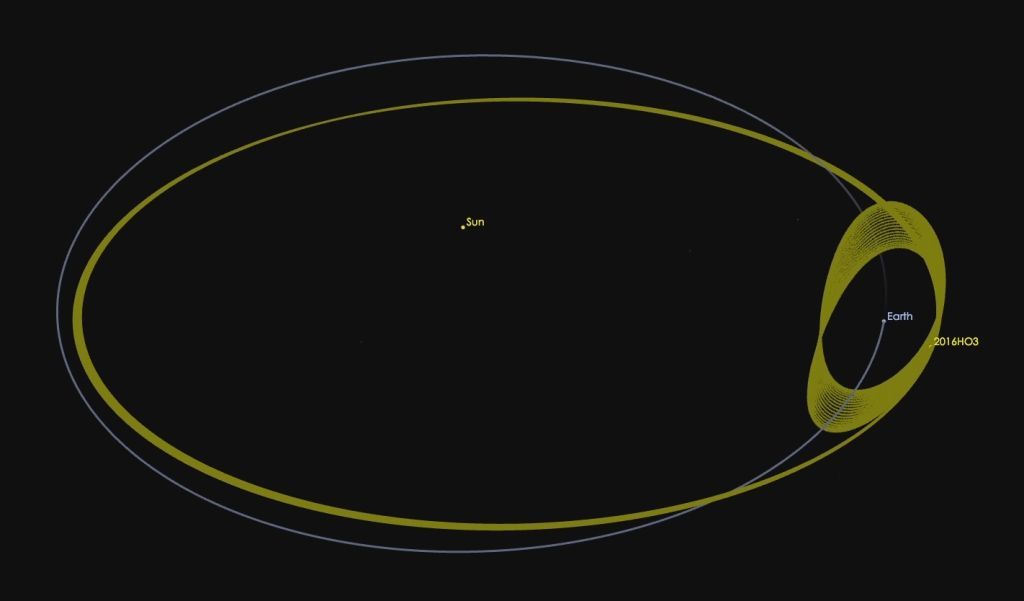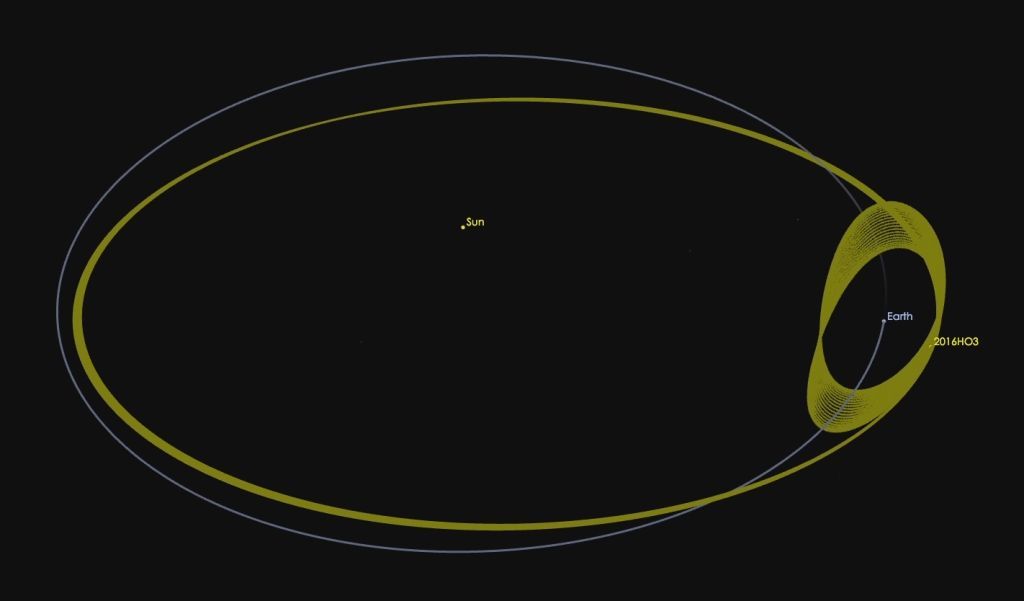
China has selected a Russian science payload to fly on an upcoming mission to sample a near-Earth asteroid and later visit a main-belt comet.
China is aiming to launch the ambitious mission around 2024. First, it will collect samples from the small near-Earth asteroid Kamo’oalewa. Then, the spacecraft will return to Earth to deliver the samples and use the planet’s gravity to send the spacecraft toward the main asteroid belt to orbit the Comet 133P/Elst–Pizarro.
Russia will now join the mission with instruments built by the Space Research Institute of the Russian Academy of Sciences. The payload was selected following a 2019 call for proposals announced by the China National Space Administration (CNSA) for the combined asteroid-comet mission.
Related: The latest news about China’s space program
The spacecraft, tentatively named ZhengHe after a famous Chinese naval explorer of the early 1400s, will carry a range of imaging, multispectral and spectrometer cameras as well as a radar, a magnetometer and payloads for detecting a range of particles. Now, some of those payloads will come from Russia’s Space Research Institute.
“We agreed with one group from China to split instruments,” Oleg Vaisberg, a space physicist at the Space Research Institute and principal investigator of the payload, said. ULTIMAN and ULTIWOMAN will detect ions and electrons, and a small detector for studying how solar wind plasma interacts with the small bodies will also be provided by the Russian side. That payload will measure any potential tenuous atmosphere and ionosphere of the main-belt comet, as well as study the interaction between the solar wind and the two small bodies.
The ambitious mission will see the spacecraft use four robotic arms to land on Kamo’oalewa, with drills on the arms to secure the probe to the asteroid’s surface, according to an early mission outline.
In addition to carrying a sample capsule that will deliver asteroid bits to Earth, ZhengHe will also carry a nano-orbiter and a nano-lander for remote sensing and on-the-ground exploration of Comet 133P. The spacecraft will use an explosive to expose the subsurface of the comet ahead of the nanolander’s touchdown; that robot aims to use its instruments to study the composition of the comet’s subsurface, with a special interest in water and volatiles.
China and Russia have a long history of cooperation in spaceflight going back to the 1950s, when the Soviet Union supported early Chinese rocket development. More recently, in March China and Russia signed a memorandum of understanding on creating a joint robotic moon project. The “international lunar research station” will consist of small spacecraft landings at the lunar south pole but could be expanded into larger structures and eventual crewed habitats.
Russia, an International Space Station member, will not be participating in NASA’s Gateway, an initiative to establish an outpost in lunar orbit, signaling a shift in partnerships among major space players.
Follow us on Twitter @Spacedotcom and on Facebook.



